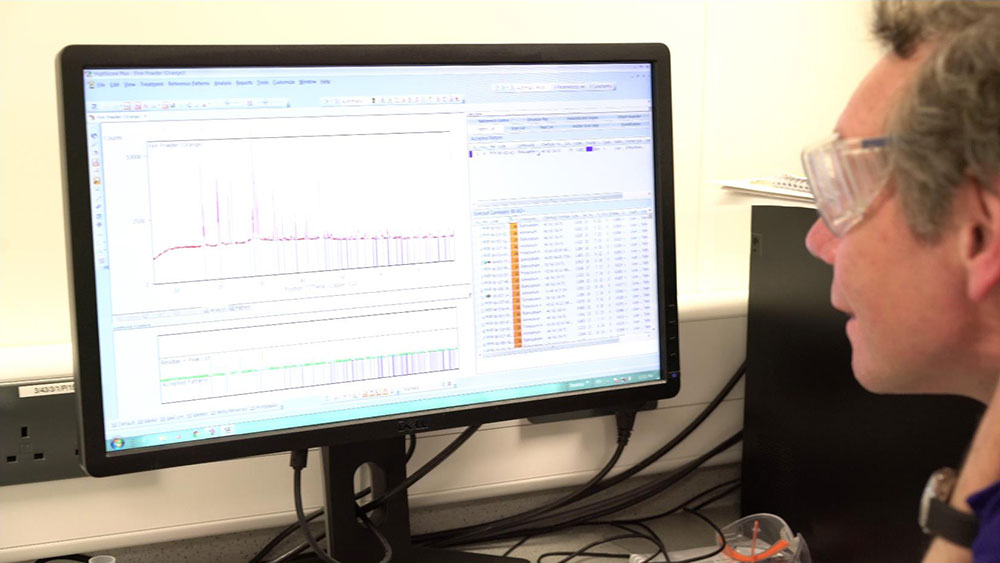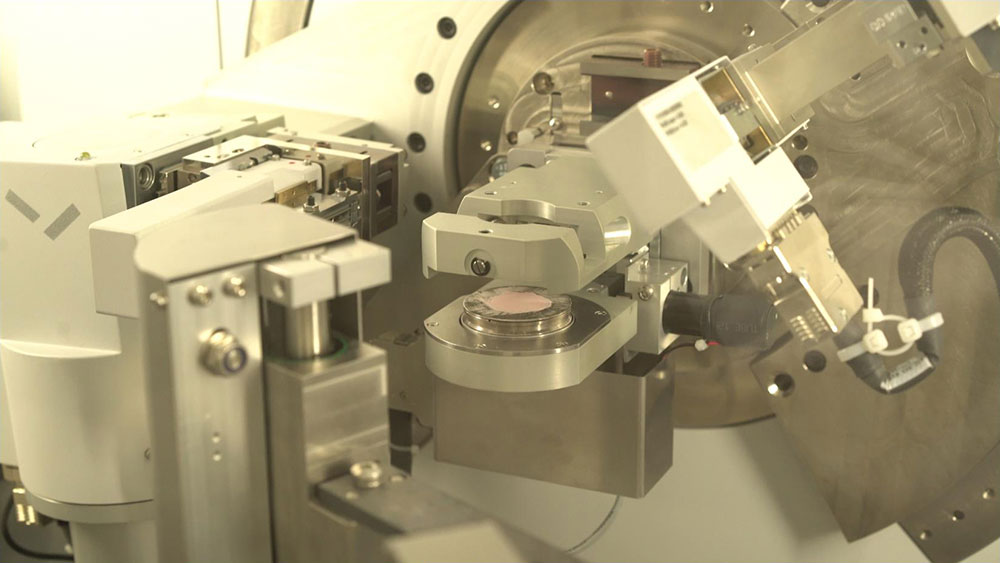Fire Protection Recycling
Existing Challenges
Fire Protection Recycling provide recycling solutions for end of life fire extinguishers, fire extinguisher cartridges, CO2 system cylinders and numerous fire detection devices.
They receive approximately 100 tonnes of powder each month from disused extinguishers and around the same volumes of water and foam waste.
These high volumes can be contributed to brand new extinguishers being cheaply available from overseas at a lower cost than re-filling and re-gassing existing extinguishers. This means that old extinguishers are no longer being re-used but are simply disposed of, causing not only waste from the contents of the extinguisher, but also rubber, plastic, and metal waste, often of very low grade, therefore, not easily recyclable.
The waste powder is currently being landfilled, which is not only expensive, but also bad for the environment, so Fire Protection Recycling were seeking a more cost effective and environmentally friendly alternative. The fire extinguisher contents are from a range of different manufacturers, and the safety data sheets provided offer no classification of materials present in the powders, so it’s difficult to re-use or recycle something if you don’t really know what's in it.

The Brief
After being referred to BRIC following some successful work with the University’s EnTRESS Project, we decided that we would gain the greatest value from looking at the waste fire extinguisher powder in more detail.
Fire Protection Recycling receive their waste extinguisher powder from five main manufacturers. One type had already been tested by EnTRESS, so the BRIC team were given the brief to test four powder samples to understand the similarities or differences between them, and more importantly, whether they could be re-used or recycled.
What did we do?
The powders have slightly different colours and SDS document data, so our first task was to properly classify these materials to see exactly what we were working with.
Specialist in Inorganic Chemistry, Professor Craig Williams, used our XRD scanner to establish the compound structure, and our XRF scanner to find the elements present in the samples. He also wanted to see if he could reduce the effectiveness of the silicone present in the powders and test the colouring agents to determine whether the powder is safe to use for the remediation of soil.
The Results!
The primary elements found in all four samples were phosphorus (P) and sulphur (S), elements generally found in the majority of fertilisers. The samples contained an Ammonium Sulphate and Ammonium Phosphate compound. The pH of the samples tested was around 8.5; an alkali.
The samples contained silicone, an anti-wetting additive, to prevent the powder from congealing in the presence of moisture whilst inside the extinguisher. During the testing process, Professor Williams attempted to make the powder wettable but was unable to do so. If these materials were to be used as fertiliser, silicone would affect the rate of absorption into the soil because the material would take an unknown period of time to dissolve in water. The silicone itself is not a soil pollutant so poses no risk.
After further investigation, and consultation with Soil Guideline Values, we found that the powders were too high in other contaminating elements to be used in agricultural soils, but were still within limits for commercial soils.

Research & Innovation
Initially we were excited to find that the powder closely resembled the makeup of a common fertiliser, meaning that it might be appropriate for re-use in agriculture. However due to its elemental values, we could not explore this route any further.


/prod01/wlvacuk/media/departments/digital-content-and-communications/images-2024/240328-Varsity-Line-Up-Resized.jpg)
/prod01/wlvacuk/media/departments/digital-content-and-communications/images-18-19/220325-Engineers_teach_thumbail.jpg)
/prod01/wlvacuk/media/departments/digital-content-and-communications/images-2024/240404-Digital-Humanities-Training-Resized.jpg)
/prod01/wlvacuk/media/departments/digital-content-and-communications/images-2024/240320-Uzbekistan-Resized.jpg)
/prod01/wlvacuk/media/departments/digital-content-and-communications/images-2024/240229-The-Link-Resized.jpg)
/prod01/wlvacuk/media/departments/digital-content-and-communications/images-2024/240404-Pharmacy-Students-Resized.jpg)